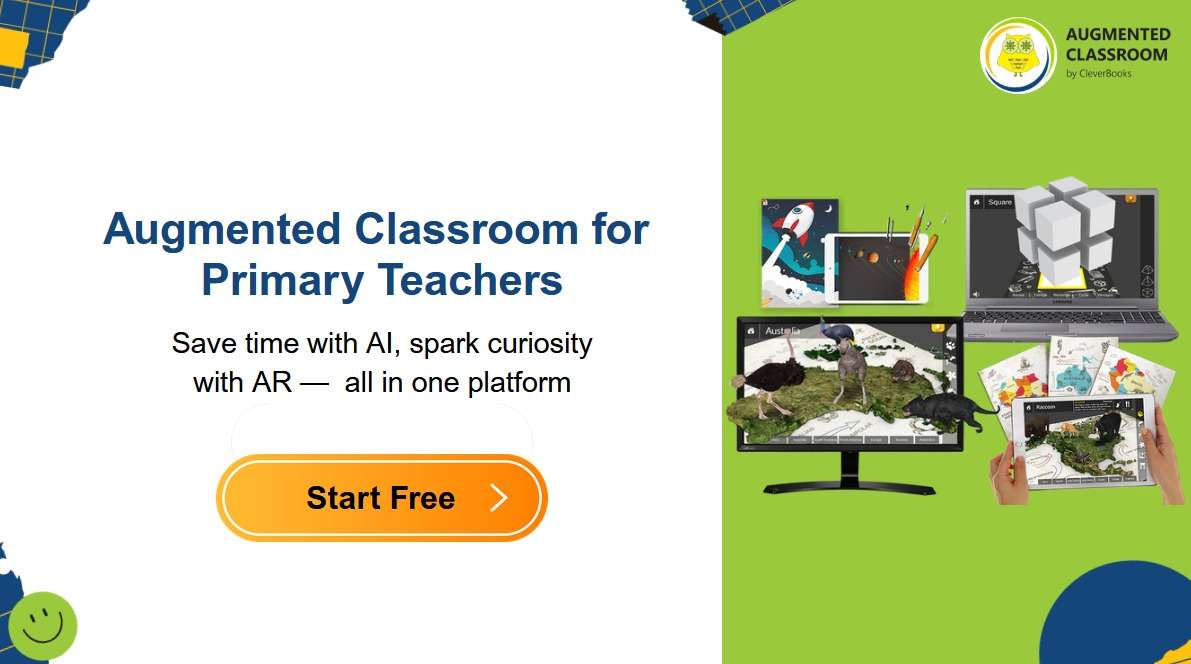Teaching has always been a high-pressure profession, but 2025 brings its own unique set of challenges. From hybrid classrooms and digital distractions to increasing administrative demands and higher emotional expectations, teachers today are navigating a landscape that can take a serious toll on mental health.
Understanding these challenges—and knowing how to address them—is essential not just for your well-being, but for the students who rely on your calm and focus.
-
Challenge: Digital Overload
The Issue: Between emails, learning management systems, and AR/VR classroom tools, teachers are more connected than ever. While tech can help students learn, it also creates constant notifications, pressure to respond, and “always-on” expectations.
Solution:
- Schedule digital boundaries—set specific times to check emails or online platforms.
- Use automation where possible (grading apps, lesson plan generators, AI assistants).
- Build in tech-free moments for both yourself and your students.
🧘 Mindfulness insight: “Even 5 minutes of intentional unplugged breathing or reflection resets the nervous system, helping teachers stay grounded amid digital chaos.”
-
Challenge: Emotional Burnout
The Issue: Students today bring more diverse social, emotional, and mental health needs into the classroom. Teachers often absorb this stress, feeling responsible for every child’s well-being.
Solution:
- Practice emotional self-audits (similar to mindfulness teacher audits): notice what triggers you, how your body responds, and what your unmet needs are.
- Set compassionate boundaries—help students, but don’t sacrifice your own mental health.
- Seek peer or professional support before stress accumulates.
🩺 Therapist insight: “Burnout isn’t about working too hard—it’s about not replenishing your own emotional reserves. Identifying early warning signs is key to prevention.”
-
Challenge: Classroom Noise & Energy
The Issue: Primary classrooms can be loud, energetic, and unpredictable. This environment often amplifies teacher stress and fatigue.
Solution:
- Use structured activities that channel energy: quick mindfulness exercises, movement breaks, or tech engagement like AR explorations.
- Apply the “wind and sail” metaphor: you can’t stop the classroom’s energy, but you can adjust your inner state to respond calmly.
🧘 Mindfulness insight: “Students mirror the adult’s energy. Pausing to regulate your own state often calms the room more than raising your voice ever could.”
-
Challenge: Administrative & Paperwork Pressure
The Issue: Beyond teaching, 2025 teachers face endless paperwork, standardized reporting, and digital tracking systems that drain time and mental energy.
Solution:
- Prioritize tasks: separate urgent from important.
- Delegate when possible or automate reporting with digital tools.
- Schedule micro-breaks to reset between administrative tasks and teaching.
🩺 Therapist insight: “Chronic stress often comes from feeling out of control. Even small steps to regain control—like prioritization or delegation—significantly reduce mental fatigue.”
-
Challenge: Maintaining Personal Well-being
The Issue: Teachers often put themselves last—sacrificing sleep, meals, social life, or exercise to meet classroom demands.
Solution:
- Schedule self-care as non-negotiable appointments.
- Maintain social connections with colleagues or friends outside school.
- Use mindfulness and brief mental resets to stay centered during the day.
🧘 Mindfulness insight: “Self-care isn’t indulgence—it’s the foundation of sustainable teaching. Caring for yourself allows you to care for students without burnout.”
✅ Final Thoughts: Thriving, Not Just Surviving
Mental health challenges in 2025 are real, but solvable. By:
- Auditing your own stress and triggers
- Setting boundaries in digital and emotional spaces
- Using mindfulness and small reset practices
- Leveraging supportive tech like AR/AI classroom tools
…teachers can navigate the modern classroom with resilience and calm.
Your mental health isn’t a luxury—it’s essential. A teacher who prioritizes well-being creates a healthier, more effective, and more joyful learning environment for everyone.

